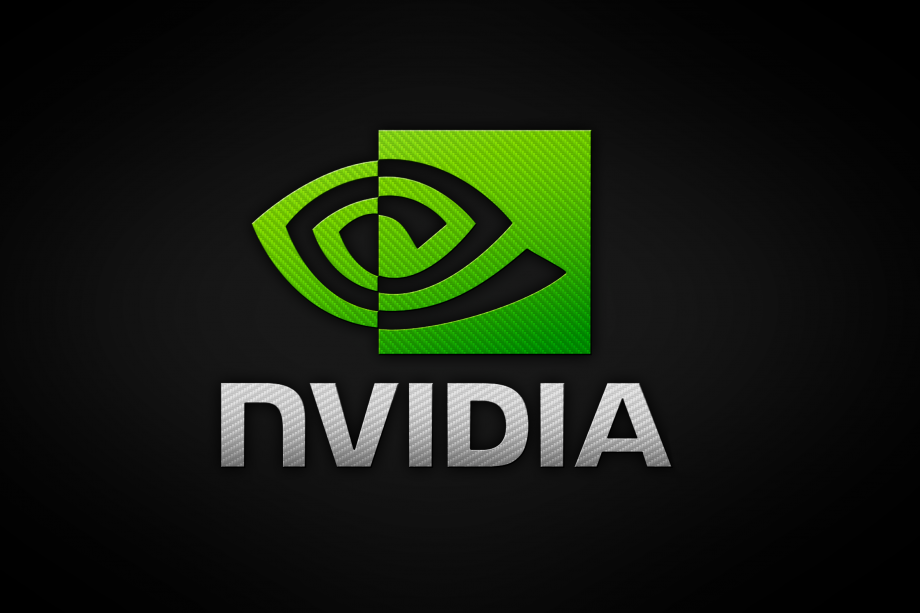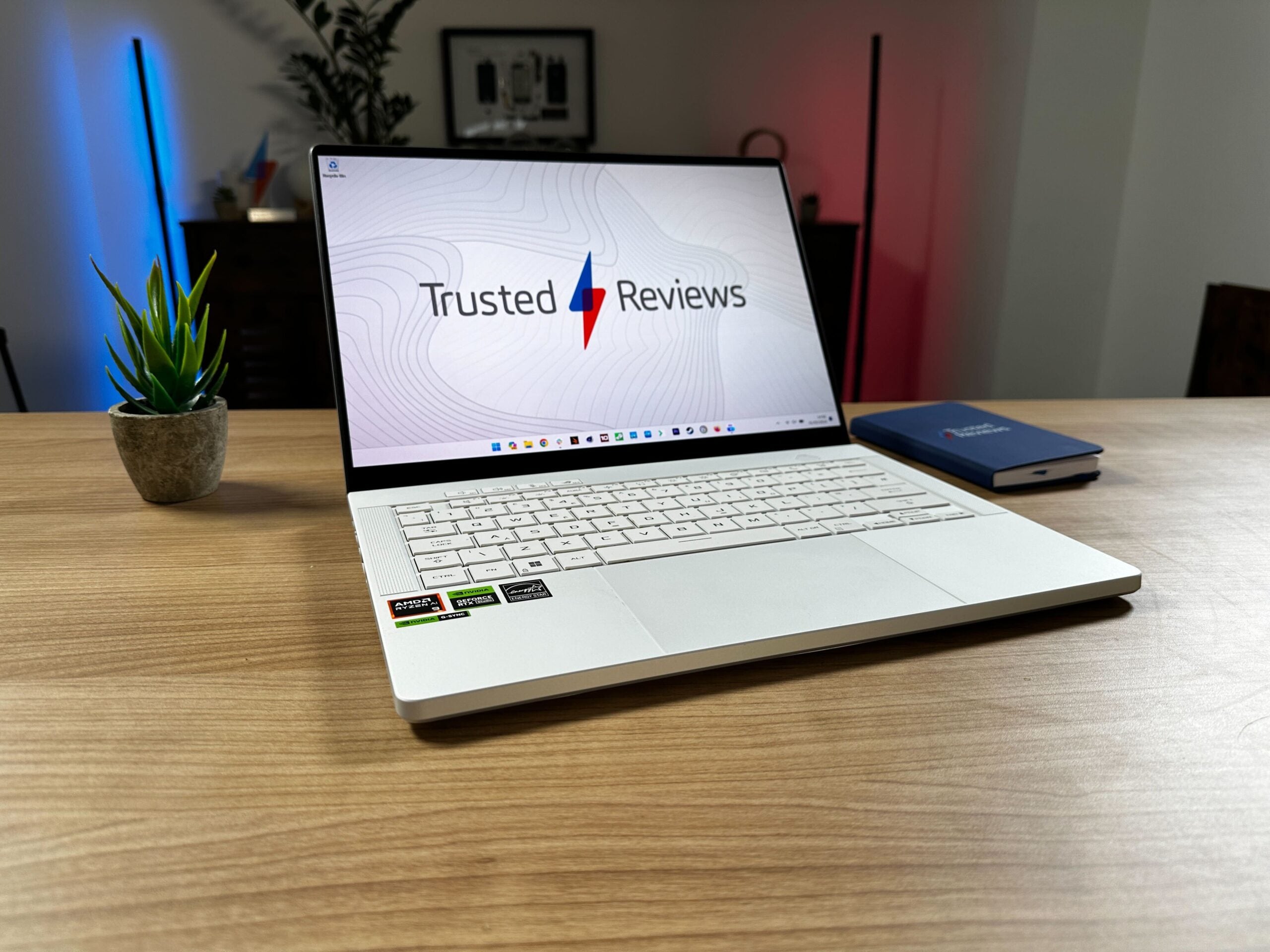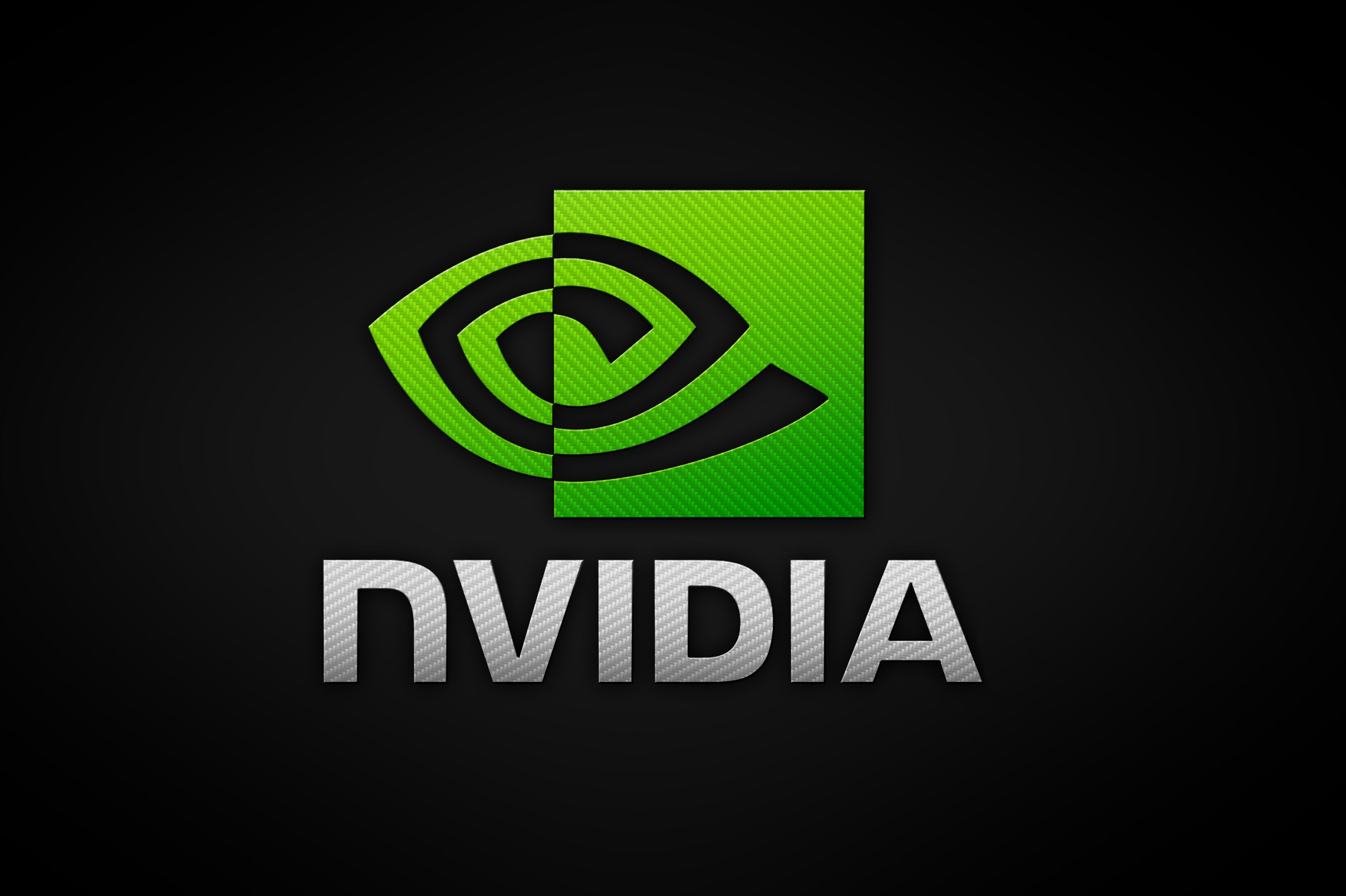What is Nvidia Advanced Optimus?

If you’ve been looking to buy a Nvidia-powered gaming laptop, you may have heard of the term ‘Nvidia Advanced Optimus’. But what is it and how can it benefit you?
We’ve compiled this guide about Nvidia Advanced Optimus to break down the technology into layman’s terms and help you out with your purchasing decision. Here’s everything you need to know.
What is Nvidia Advanced Optimus?
Nvidia Advanced Optimus is Nvidia’s graphics switching technology, which allows a laptop display to dynamically switch between the integrated graphics (inside the processor) and the discrete graphics (the Nvidia GPU).
This boosts the battery life of the laptop when your laptop is dealing with basic tasks, as it doesn’t need to leverage the resources of the power-hungry Nvidia GeForce GPU.

Nvidia Advanced Optimus also boosts the laptop’s performance by allowing the display to connect directly to the discrete GPU as soon as you give your laptop a heavy workload (such as gaming or video editing). This ensures there’s no latency, which would traditionally occur since the discrete GPU would have to copy the rendered 3D content back to the integrated GPU in order for it to be displayed on screen.
Having the discrete GPU directly connected to the display allows laptops to support G-Sync, which helps to sync the display to the GPU in order to prevent screen tearing.
You can play with the settings for the Nvidia Advanced Optimus feature if you wish, picking between three modes: ‘Automatic Select’ (default) will detect your workloads and switch to the most appropriate GPU, ‘Optimus’ will switch to the integrated GPU and ‘Nvidia GPU Only’ will switch to the discrete GPU.
Of course, you’ll need a laptop with a Nvidia GPU in order for this to work. It’s also worth checking whether the laptop you’re eying up actually supports Nvidia Advanced Optimus, as it isn’t a guarantee. Check out our best gaming laptop list to find the best option. If you’re on the fence about what graphics card to go for, you can also check out our best GPU guide.





